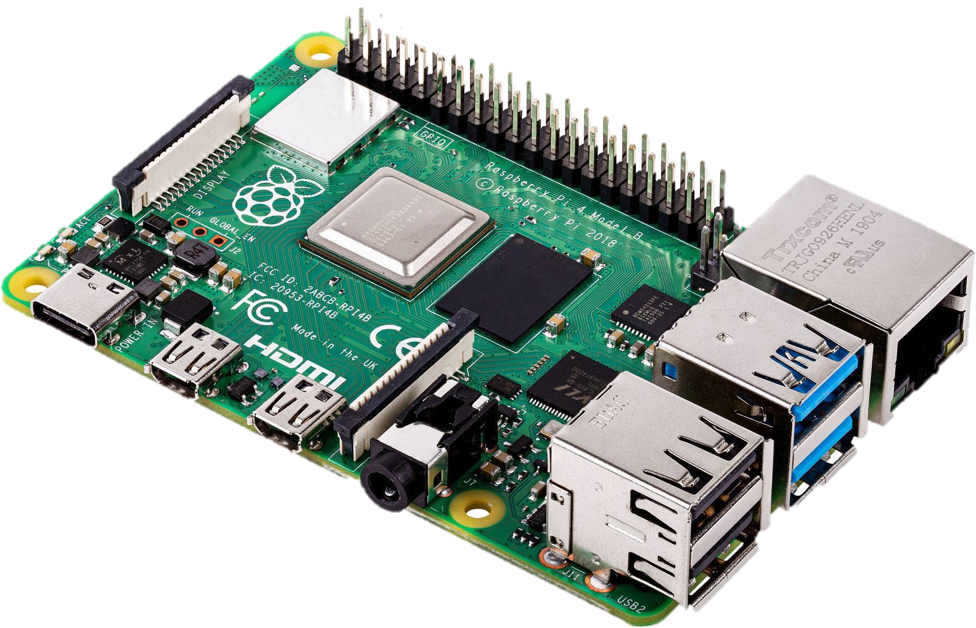-
Notifications
You must be signed in to change notification settings - Fork 3
RPi Getting Started
In this quick tutorial we will go through one of the C++ BGT60 library examples available for the BGT60LTR11AIP shield and the Raspberry Pi.
- Experience level: moderate
- Basic linux user level
- Basic programming skills (C/C++)
| Name | Picture |
| BGT60LTR11AIP |  |
| Compatible Raspberry Pi |
 |
| 8 GB + microSD card for the Raspberry Pi |
- Raspberry Pi OS or similar
- Git
- build-essential
- Infineon's radar-bgt60 library (this library)
The BGT60 needs to be connected with wires to a compatible Raspberry Pi. One wiring example is depicted below. If you want to use different pins, you have have to change the desired pins in the constructor of the library.

Note
Set up the Raspberry Pi with the Raspberry Pi OS or a similar OS. Check this page for instructions.
You can access your Raspberry Pi either using a monitor and a keyboard or using SSH in a headless setup as described here.
Now insert the microSD card into your Raspberry Pi and turn on the power supply to boot it up.
Check out this section for details on the installation of the radar-bgt60 library.
With everything ready and set up, we can now run one the library examples.
cd radar-bgt60/src/framework/raspberrypi
make example/detectMotion
../../../build/detectMotion
You hardware setup is now able to detect motions in front of the radar board. Check out this section for more examples.
Library Architecture
BGT60 API
PAL Interface
Source Tree Structure
Preprocessor Configuration
Porting Guide
Doxygen Docs
Arduino
- Getting Started
- Lib Installation
- Arduino API
- PlatformIO
Raspberry Pi (C++)
- Getting Started
- Lib Installation
- Raspberry Pi API
- Examples
Raspberry Pi (Python)
- Getting Started
- Lib Installation
- RPi Python API
- Examples